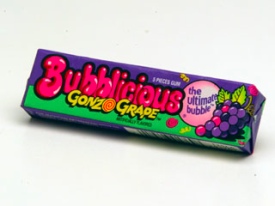
Karoli Kuns and I exchanged some comments about a recent NewsGang Live where the idea of “value” was discussed. In particular, how one might decide to purchase a pair of shoes. The conversation on the show swirled around the functional and exchange value of shoes. Let’s assume we all buy shoes that fit. Sometimes we buy shoes that are comfortable. We assign value to shoes, or almost anything, based on a number of factors.
For an interesting angle on the production of value, we can turn to Jean Baudrillard. He wrote that there are four ways of an object obtaining value. The four value-making processes are as follows:
The first is the functional value of an object; its instrumental purpose. A pen, for instance, writes; and a refrigerator cools. Marx’s “use-value” is very similar to this first type of value.
The second is the exchange value of an object; its economic value. One pen may be worth three pencils; and one refrigerator may be worth the salary earned by three months of work.
The third is the symbolic value of an object; a value that a subject assigns to an object in relation to another subject. A pen might symbolize a student’s school graduation gift or a commencement speaker’s gift; or a diamond may be a symbol of publicly declared marital love.
The last is the sign value of an object; its value within a system of objects. A particular pen may, whilst having no functional benefit, signify prestige relative to another pen; a diamond ring may have no function at all, but may suggest particular social values, such as taste or class.
Take a pair of shoes and assign a percentage of the total price to each the categories of value. The largest number will probably be next to the sign value. The shoes may have a value within the fashion system of shoes; within the fashion magazine system; within the designer system; and most importantly shoes have a signaling value within our social group. All of these things play in to the price we’re willing to pay.
Now think about the role of a social graph through Tw*tter as a method of signaling value. Compare it to using Search. PageRank uses citation as a method of deriving the value of a link. Citations are painstakingly extracted from spidered and indexed web data. Think about a real-time market where value is established through citations (gestures) across overlapping rings of social graphs. Sign value is largely produced as a social process. The key is: the gesture market needs sufficient volume and market makers.
One Comment



